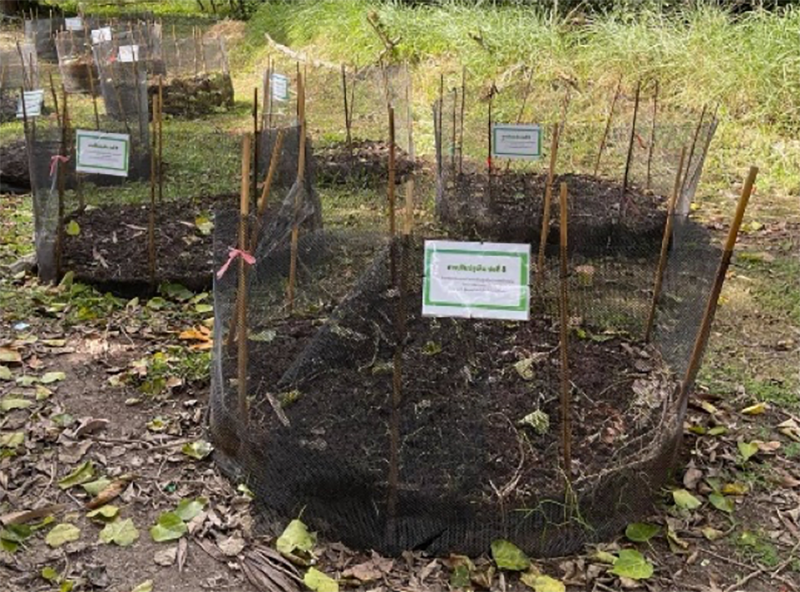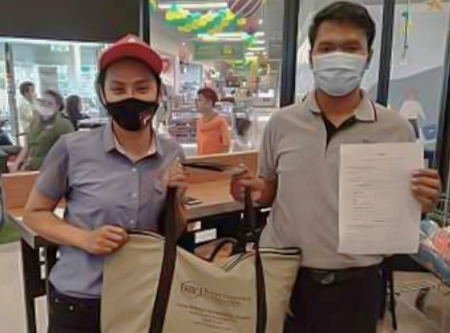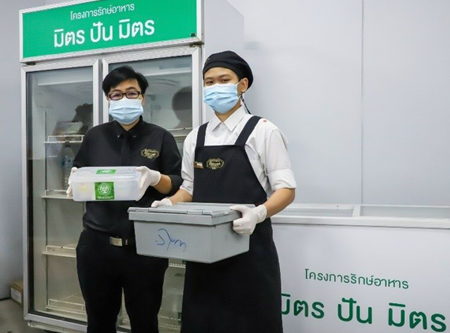2020
Food Loss and Waste Impact | SUSTAINABILITY |



 38,777.95 metric tonnes from Beer business |
 7,754.36 metric tonnes from Spirits business |
|
 4,581.30 metric tonnes from Non-Alcoholic Beverage business |
 2,544.56 metric tonnes from Food business. |

Beer
 Dried malt residue 23,121.72 tonnes |
 Wetted malt residue 14,712.72 tonnes |
 Yeast 943.51 tonnes |

Spirits
 Wetted malt residue 5,693.55 tonnes |
 Corn residue 711.95 tonnes |
 Pineapple residue 1,348.86 tonnes |

Non-alcoholic Beverage
 Tea residue 4,581.31 tonnes |

Food
 Food loss from processes 8.88 tonnes |
 Mixed food ingredients 714.40 tonnes |
 Used vegetable oil 12.94 tonnes |

*Scope of reporting includes ThaiBev operation in Thailand
| ThaiBev Food Loss and Waste Destination 2020 | Animal Feed | Fertilizer | Fuels | By products / Sold to
employees (only
edible food loss) |
Disposal |
 Pineapple Residue (kg.) |
1,348,860.00 | - | - | - | - |
 Corn Residue (kg.) |
711,950.00 | - | - | - | - |
 Dried Malt Residue (kg.) |
23,121,720.00 | - | - | - | - |
 Wet Malt Residue (kg.) |
20,406,270.00 | - | - | - | - |
 Yeast (kg.) |
943,510.00 | - | - | - | - |
 Wasted/Expired/Unqualified Products from Manufacturing Processes (kg.) |
8,879.90 | - | - | - | - |
 Tea Residue (kg.) |
- | 2,237,918.00 | 2,334,820.00 | - | 8,570.00 |
 Mixed Food Ingredients (kg.) |
651,890.00 | 21,113.00 | - | 1,956.00 | 39,438.89 |
 Used Vegetable Oil (kg.) |
- | - | 12,940.00 | - | - |
 Mixed Restaurant Waste (kg.) |
- | - | 919,621.00 | - | 888,715.90 |
| Total | 47,193,079.90 | 2,259,031.00 | 3,267,381.00 | 1,956.00 | 936,724.79 |
| Total FLW Volume (kg.) | 53,658,172.69 | ||||
| Total FLW Discarded (kg.) | 936,724.79 | ||||
| Total FLW for Alternative Purposes (kg.) | 52,721,447.90 | ||||


318.97 kg/mil THB
88%